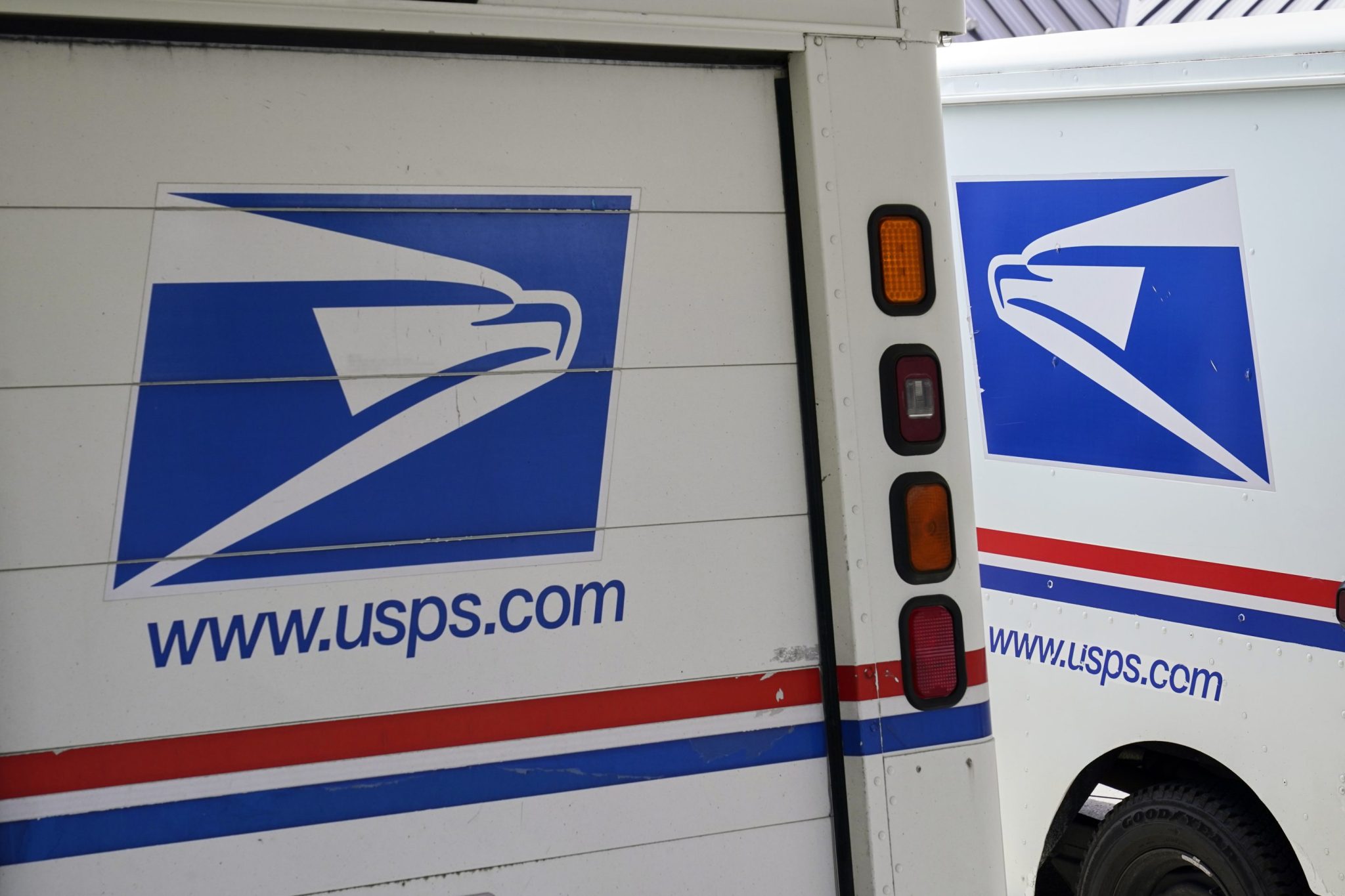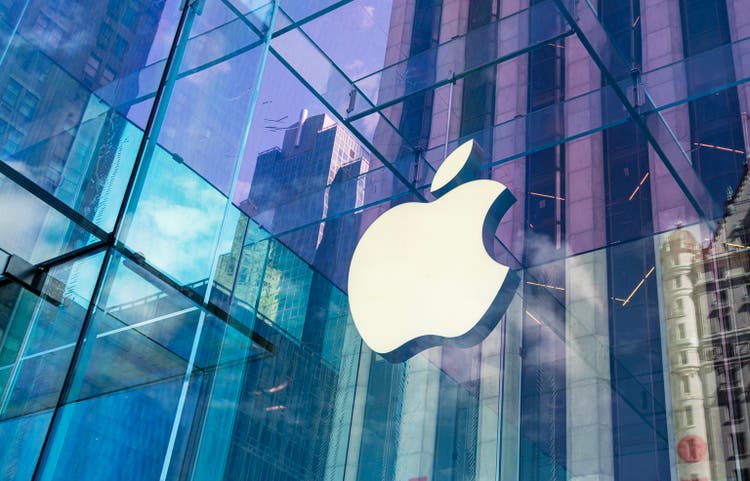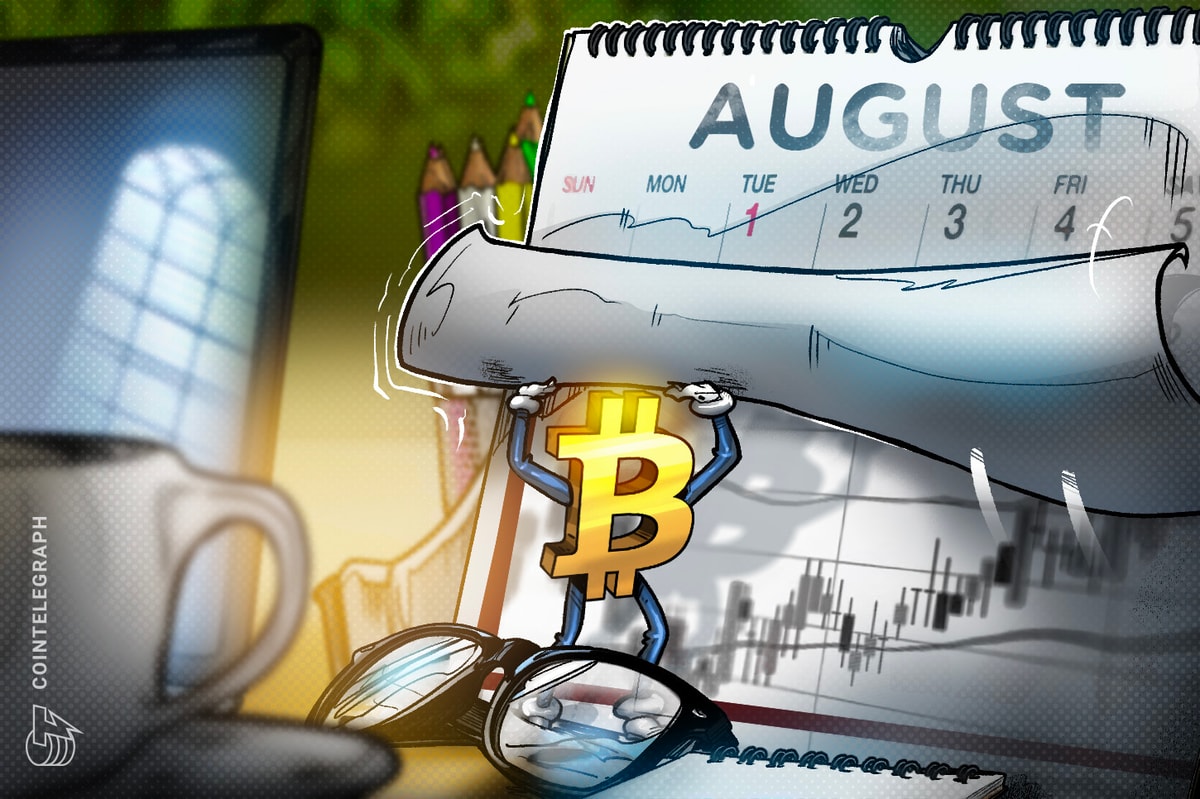The unemployment rate for recent college graduates in the United States has now surpassed that of all workers, marking a significant reversal of pre-pandemic labor market trends, according to an analysis from the Bank of America Institute.
For much of the last decade, individuals aged 22 to 27 with at least a bachelor’s degree—classified as “recent graduates”—enjoyed a lower unemployment rate compared to the broader workforce. However, post-pandemic shifts have flipped this pattern. Since the global disruptions of COVID-19, recent grads’ jobless rate has consistently outpaced the overall unemployment rate, the Institute found. In July 2025, the national unemployment rate inched up to 4.2%, but the figures were even higher among recent graduates.
Gen Z and labor market challenges
The report finds that over 13% of unemployed Americans in July were “new entrants” or people seeking jobs for the first time, “which skews towards Gen Z.” This proportion has not been seen in nearly four decades, since 1988, highlighting the acute challenges younger cohorts face when beginning their careers. The report suggests that as the labor market continues to cool and economic uncertainty grows, job prospects for these groups could remain constrained, especially as the adoption of AI and global trade tensions erode entry-level opportunities.
BofA’s analysis further ties the bleak outlook for recent grads to macroeconomic headwinds, including rising global trade tensions and the rapid integration of automation in the workplace. These factors disproportionately impact younger applicants and those without lengthy work experience.
Methodology and industry insights
The findings emerge from an aggregation of US Census Bureau and Bureau of Labor Statistics data, blended with proprietary Bank of America transaction analyses. The monthly unemployment rates used are seasonally adjusted and smoothed, focusing on Americans not currently enrolled in school.
The latest data underscores a sobering reality: while the headline national unemployment rate suggests relative stability, recent college graduates are facing steeper challenges in securing work than at any time in recent decades. Goldman Sachs found the “safety premium” from the college degree is disappearing when it looked at similar data in July 2025, although it also concluded that many non-graduates have dropped out of the labor force altogether, somewhat skewing the data. And a groundbreaking, first-of-its-kind study from Stanford University found that AI is starting to have a “significant and disproportionate impact” on entry-level workers in the U.S.
For this story, Fortune used generative AI to help with an initial draft. An editor verified the accuracy of the information before publishing.
This story was originally featured on Fortune.com

 2 days ago
1
2 days ago
1






















 English (US) ·
English (US) ·